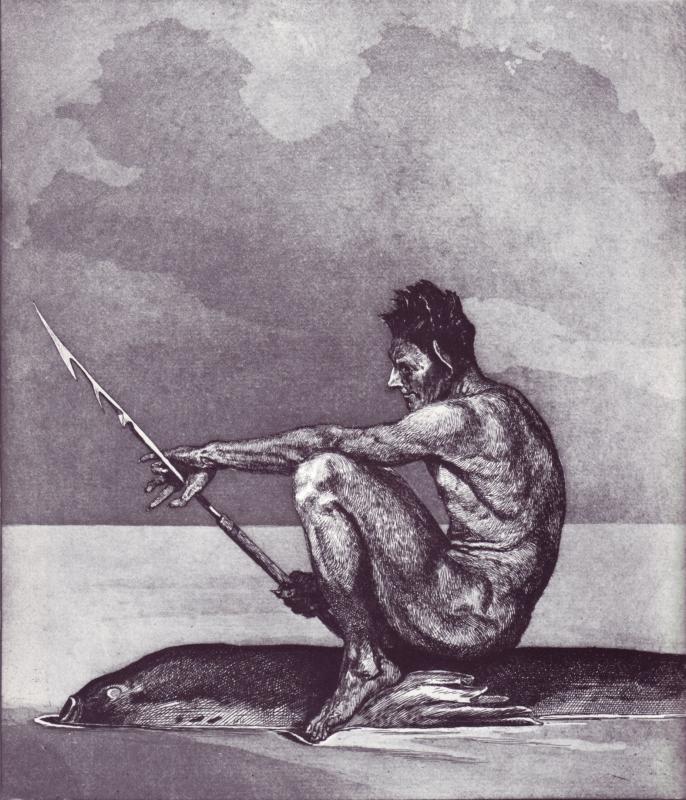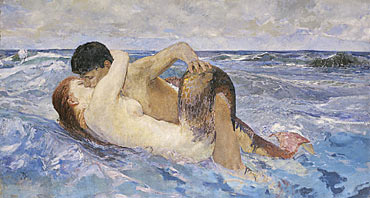Max Klinger (1857 – 1920)
Get a Klinger Certificate of Authenticity for your painting or a COA for your Klingerdrawing, print or sculpture.
For all your Klingerartworks you need a Certificate of Authenticity in order to sell, to insure or to donate for a tax deduction.
How to get a Klinger Certificate of Authenticity is easy. Just send us photos and dimensions and tell us what you know about the origin or history of your Klingerpainting, drawing, print or sculpture.
If you want to sell your Klingerpainting, drawing, print or sculpture use our selling services. We offer Klinger selling help, selling advice, private treaty sales and full brokerage.
We have been authenticating Klingerand issuing certificates of authenticity since 2002. We are recognized Klingerexperts and Klinger certified appraisers. We issue COAs and appraisals for all Klinger artworks.
Our Klingerpaintings, drawings, prints and sculptures authentications are accepted and respected worldwide.
Each COA is backed by in-depth research and analysis authentication reports.
The Klingercertificates of authenticity we issue are based on solid, reliable and fully referenced art investigations, authentication research, analytical work and forensic studies.
We are available to examine your Klingerpainting, drawing, print or sculpture anywhere in the world.
You will generally receive your certificates of authenticity and authentication report within two weeks. Some complicated cases with difficult to research Klingerpaintings, drawings or sculptures take longer.
Our clients include Klingercollectors, investors, tax authorities, insurance adjusters, appraisers, valuers, auctioneers, Federal agencies and many law firms.
We perform Max Klinger art authentication, appraisal, certificates of authenticity (COA), analysis, research, scientific tests, full art authentications. We will help you sell your Max Klinger or we will sell it for you.

Max Klinger was a German Symbolist painter, sculptor and printmaker. Klinger was born in Leipzig and studied in Karlsruhe. An admirer of the etchings of Menzel and Goya, he shortly became a skilled and imaginative engraver in his own right.

His best known work is a series of ten etchings entitled Paraphrases about the Finding of a Glove (printed 1881). These pictures were based on images which came to Klinger in dreams after finding a glove at an ice-skating rink. In the leitmotic device of a glove—belonging to a woman whose face we never see—Klinger anticipated the research of Freud and Kraft-Ebbing on fetish objects. In this case, the glove becomes a symbol for the artist’s romantic yearnings, finding itself, in each plate, in different dramatic situations, and performing the role that we might expect the figure of the beloved herself to fulfil. Semioticians have also seen in the symbol of the glove an example of a sliding signifier, or signifier without signified—in this case, the identity of the woman which Klinger is careful to conceal. The plates suggest various psychological states or existential crises faced by the artist protagonist (who bears a striking resemblance to the young Klinger).

Klinger traveled extensively around the art centres of Europe for years before returning to Leipzig in 1893. From 1897 he mostly concentrated on sculpture; his marble statue of Beethoven was an integral part of the Vienna Secession exhibit of 1902.

Klinger was cited by many artists (notably Giorgio de Chirico) as being a major link between the Symbolist movement of the 19th century and the start of the metaphysical and Surrealist movements of the 20th century. Still wondering about a 19th century illustration in your family collection? Contact us…it could be by Max Klinger.
Reviews
1,217 global ratings
5 Star
4 Star
3 Star
2 Star
1 Star
Your evaluation is very important to us. Thank you.
